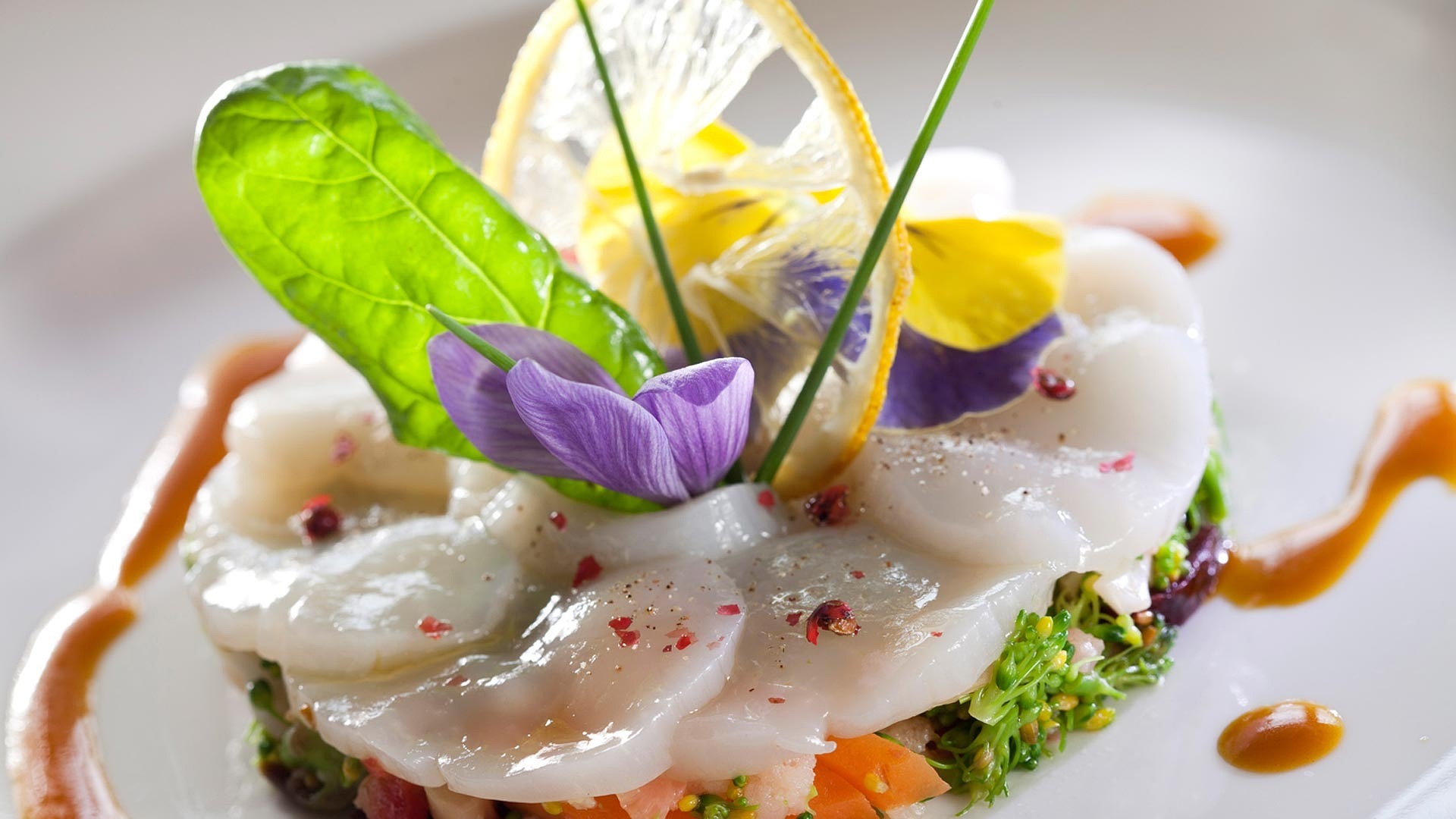The Fascinating World of Molecular Gastronomy: A New Age in Culinary Arts
Dive into the thrilling world of Molecular Gastronomy, the science that marries gastronomy and chemistry to create a unique dining experience. This cutting-edge culinary approach is revolutionizing food preparation and presentation. Intrigued? Read below to learn more.

The Science of Taste
Molecular Gastronomy is a subdiscipline of food science that investigates the physical and chemical transformations that occur during cooking. It’s all about understanding how ingredients work and how we can manipulate them to create new textures, tastes, and presentations. This approach to cooking has opened up a new world of possibilities in the culinary arts, allowing chefs to push the boundaries of traditional cooking.
Techniques and Tools
In Molecular Gastronomy, chefs use tools and techniques typically found in a scientific lab. These may include pipettes, syringes, liquid nitrogen, and vacuum chambers. Some common techniques include spherification (creating liquid-filled spheres), emulsification (mixing two typically unmixable liquids), and sous-vide cooking (slow cooking in a vacuum-sealed bag).
The Culinary Revolution
Molecular Gastronomy has revolutionized the dining experience. It has transformed ordinary ingredients into extraordinary dishes, such as transparent ravioli, edible foams, and cocktail caviar. This innovative approach not only enhances the taste of the food but also plays with the diner’s perception, creating a multisensory experience.
The Pioneers
Some of the most notable chefs in the field of Molecular Gastronomy include Ferran Adrià of El Bulli in Spain, Heston Blumenthal of The Fat Duck in the UK, and Grant Achatz of Alinea in the USA. These chefs have challenged the status quo and have created dishes that are as much science experiments as they are meals.
The Future of Food
The popularity of Molecular Gastronomy shows that food is not just about sustenance but also about entertainment and novelty. As technology continues to evolve, we can expect to see more advancements in this field, potentially changing the way we cook and eat forever.
Useful Tips and Facts:
- Molecular Gastronomy started in the late 1980s by a physicist and a chemist.
- Sous-vide, a common technique in Molecular Gastronomy, can improve the texture and flavor of food.
- This culinary approach is not just about fancy techniques; it’s also about understanding and respecting the ingredients.
Conclusion: Molecular Gastronomy is a fascinating blend of science and culinary arts. It’s a testament to the limitless potential of human creativity when it comes to food. Whether you’re a food enthusiast or a professional chef, exploring this new culinary frontier can open up a new world of flavors and possibilities.




